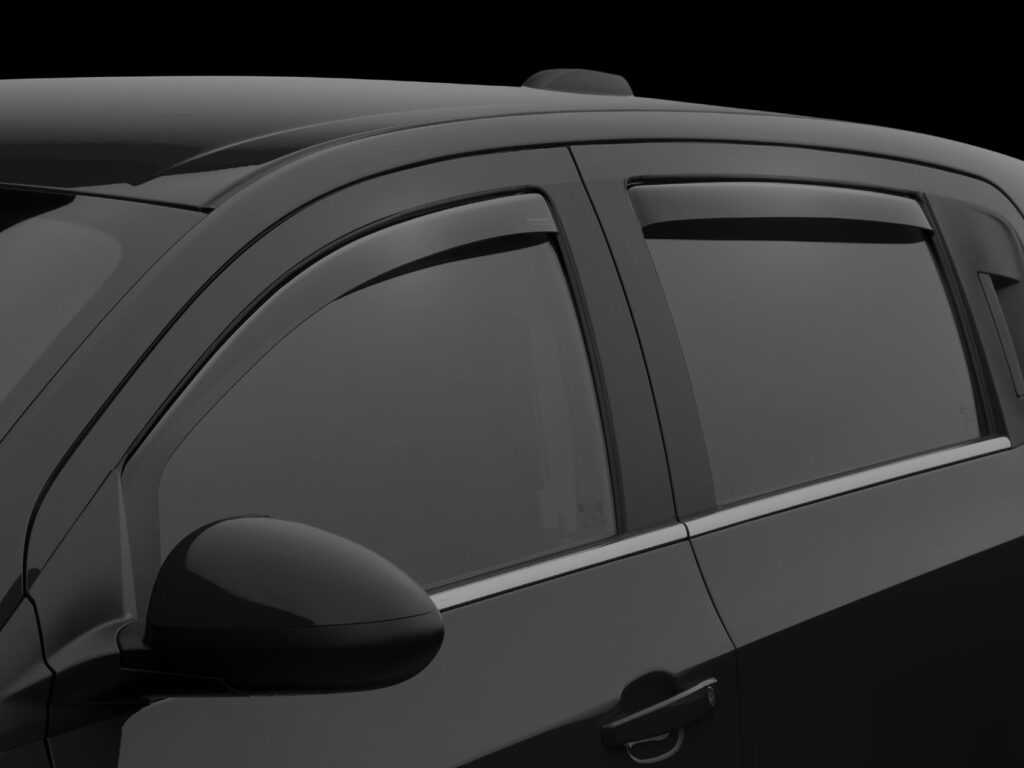Solar heat can be a concerning factor for many Boston drivers, and there are films out there promising to reject over 90% of the sun’s infrared radiation after car window tinting. But what exactly does that mean? Let’s explore the differences between infrared window tint heat rejection and total heat rejection or heat reflective tint.
Infrared radiation from the sun, though invisible to the human eye, is what we perceive as heat. Many window films boast an infrared rejection rate of over 90%. So, one might wonder if these films block 90% of the sun’s heat.
Unfortunately, the answer is No. Infrared radiation only makes up about 53% of the total solar heat. The remaining 47% is contributed by visible light (44%) and ultraviolet light (3%). Thus, a 90% rejection of infrared radiation doesn’t explain how the film tackles the remaining solar heat.
The Composition of Solar Heat
Solar heat consists of Ultraviolet Light, Visible Light, and Infrared Light. Let’s delve into UV and visible light to better understand the whole picture.
UV radiation, invisible and destructive, causes interior fading, skin burning, and, with enough exposure, skin cancer. It accounts for about 3% of solar heat. Quality window films reject at least 99% of UV radiation, effectively blocking nearly all the heat it causes.
The remaining 44% of heat comes from visible light. More light generally equals more heat, so darker window films will typically reject more heat than lighter ones, assuming the same technology other than color.
Shades Of Window Tint Films
Different shades of the same type of Suntek Window Film, whether dark or light, have the same infrared and UV-rejecting technology. However, the darker film will reject more heat because it blocks more visible light.
However, the film’s darkness is not the only heat-rejection aspect. In fact, the darkness is not even the most significant factor. Other factors, including the technology of the film, play a bigger role. A light multi-layer optical film like SunTek Evolve 70% can reject more heat than a carbon, dyed, or metallic film that is twice as dark.
Total Solar Energy Rejection (TSER)
To comprehensively understand a film’s heat rejection ability, it’s best to consider its Total Solar Energy Rejection (TSER). TSER considers the whole solar spectrum, including infrared, visible light, and UV. A 50% TSER means the film rejects 50% of the sun’s heat – a straightforward and useful metric.
Look At The Fine Details
Statements like “rejects up to 90% of infrared heat” may sound appealing but don’t provide the complete picture of heat rejection. By relying on a robust measurement like TSER, consumers can make an informed choice on the amount of heat rejection they will achieve, steering clear of potential misunderstandings.
Providing A Top-Tier Installation Experience
When you need a car window tint installation, you can count on ProCarSound&Security to help you secure the best car window tint for you. As a certified installer for SunTek, we can offer a great wealth of information and an extensive list of offerings. If you just learned about the TSER and want a tint that can help keep you the coolest, look no further than the Evolve series, which can stop up to 64% of heat from entering your car at a 5% tint level. Even at a 70% tint, these films are capable of reflecting 50% of heat from entering your car.
If you have other priorities in mind, no worries; we are here to help you along your window tinting journey and will be more than happy to walk you through your options. We above and beyond these stringent criteria by boasting impeccably clean installation bays, a team of highly proficient and seasoned installers, state-of-the-art software for precise film cutting, and a truly exceptional purchasing journey.
If you need to schedule and installation or have some questions, please don’t hesitate to reach out to our wonderful team.








